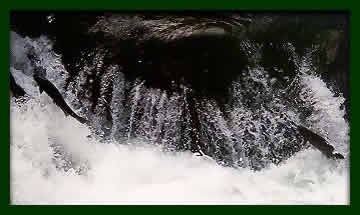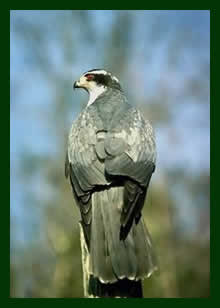|
The credibility of relationships used
to show the impacts of forest management on habitat and stream conditions
is a central issue to the future of successful management decisions.
Many basic research studies over the last decade have measured the
impacts of various forest stand conditions on habitat, both in riparian
zones and uplands. In particular, riparian and upland habitat studies
carried out for the Timber, Fish and Wildlife Cooperative Monitoring
Evaluation and Research Committee (TFW/CMER)
have recently been released. While these studies assessed wildlife
populations as dependent upon stand conditions, they did not attempt
to build the models directly linking habitat-suitability measures
to the evolution of forest stands under management, which is the
ultimate use of these studies for determining best management practices.
 |
- The SATSOP
Management Plan has been providing a pilot test and
case study for developing upland habitat models using the
Habitat Evaluation Procedure (HEP) developed for this site
by Washington Fish and Wildlife. A range of management alternatives
and resulting Habitat Suitability Indices (HSI) are being
evaluated using LMS. These models will then be tested and
applied to other sites.
- RTI staff are currently implementing a Habitat Evaluation
Procedure as a module of the Landscape Management System
(LMS) as way to integrate forest growth and yield models
with existing wildlife models. For the abstract of this
work, a corosponding presentation, and poster, click
here.
|
|
- The six instream functionality indicators identified in
the National Council for Air and Stream Improvement (NCASI)
Bulletin 799 (streambank stability, sediment reduction,
chemical removal, shade & temperature, large woody debris,
particulate matter) are being evaluated for developing similar
forest dependent instream functionality measures linked
to LMS.
|
 |
 |
- Gaps in bird habitat data were evaluated in order to determine
future data monitoring needs. A similar gap analysis is
needed for data on mammals. Periodic re-measurements are
needed on the TFW/CMER stand/habitat plots.
|
|











